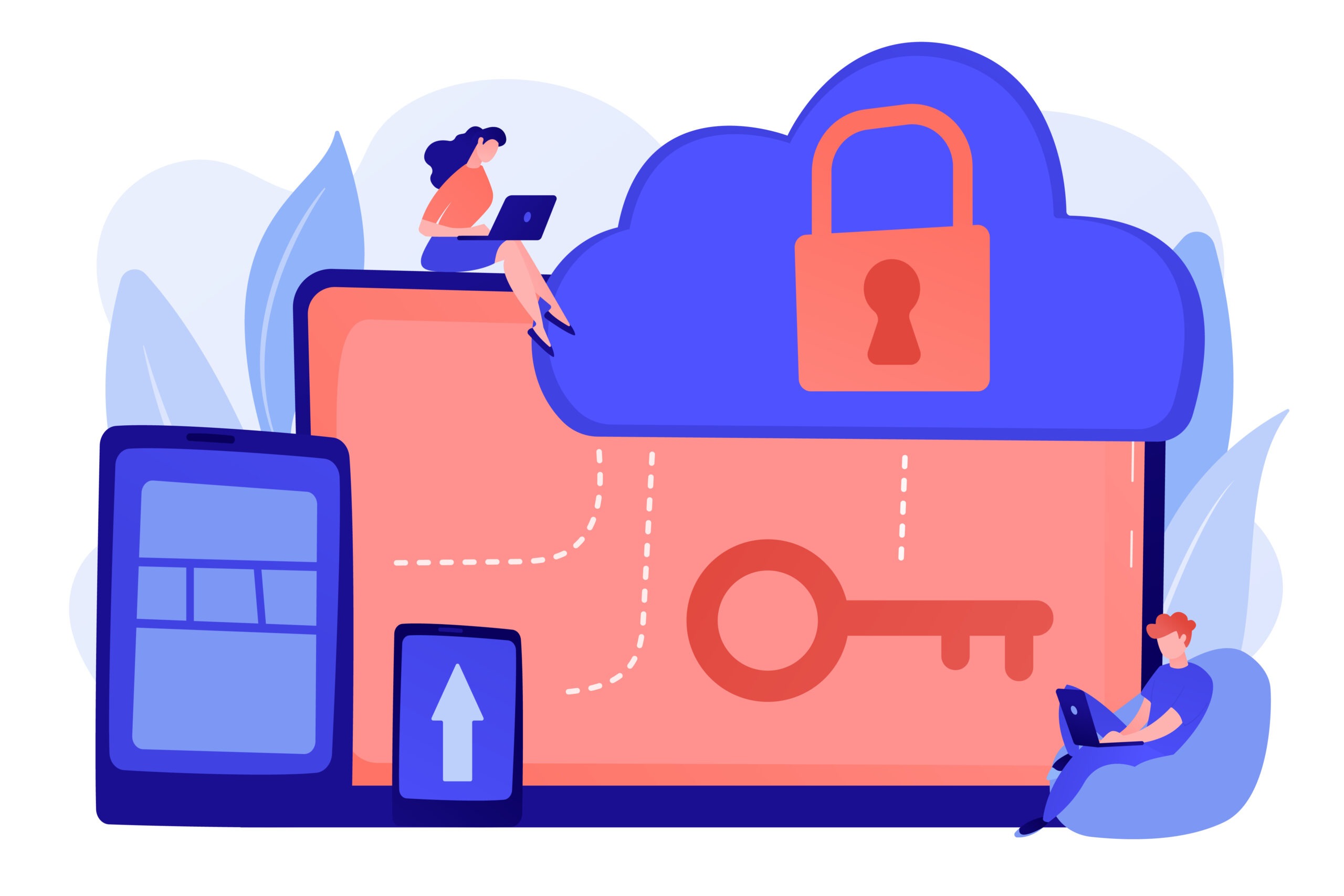You’ve seen monkey unblocker tossed around in chats, haven’t you. You want clarity, safety, and a workable plan.
Monkey unblocker is a casual label for websites that sit in the middle and fetch blocked pages for you.
Technically, that’s a proxy pattern where your request is sent to a middle server, which then retrieves the destination and sends it back.
However, that convenience has strings.
Because the proxy is between you and the site, it can observe destinations, timing, and sometimes page content.
Moreover, if you’re on school or library networks in the U.S., there’s policy.
Institutions receiving E-Rate must certify compliance with the Children’s Internet Protection Act (CIPA), including filtering and an Internet safety policy.
Therefore, bypass attempts can violate the use policies you agreed to when you signed in.
Consequently, you risk account reviews, device checks, and lost access.
So let’s define monkey unblocker in plain English.
Then we’ll map safer, policy-friendly routes that still enable you to get your work done.
What it is: Monkey unblocker is a nickname for proxy-style sites that load pages your network blocks.
How it works: Your browser talks to the proxy first; it fetches the destination and relays it back while mediating every hop.
Why it helps (and the safer route): It may bypass filters, but safer, CIPA-compliant allowlisting and supervised access protect privacy and keep you within policy.
Table of Contents
What “monkey unblocker” actually is
In everyday speech, monkey unblocker means “a site that forwards your web traffic to a page your network blocks.”
It’s essentially a forward proxy masquerading as a standard web page.
Because it forwards every hop, the middle server mediates the whole session.
Therefore, claims that it “can’t see anything” are wrong by design.
Yes, HTTPS helps protect content in transit.
Yet the proxy still learns which domains you visit and when, and it can log metadata.
How it works, minus the fluff
Your browser talks to the monkey unblocker site first.
That site then requests the blocked page and returns the response to you.
Therefore, every request is proxied through an operator you do not control.
Additionally, that operator could inject scripts or ads before the page reaches you.
Why it’s risky in schools and libraries
Because E-Rate recipients must enforce filtering and have a documented safety policy, network teams watch for bypass tools.
Therefore, monkey unblocker use can conflict with those obligations and your acceptable-use agreement.
Moreover, even if your intent is research, the method matters.
Consequently, the safer move is to request approved access to the exact resource you need.
Quick, sourced stats worth remembering
100% of traffic relayed by a forward proxy is mediated by the proxy, by definition of how proxies work.
E-Rate participants must certify CIPA compliance to receive discounts, which includes filtering and policy measures.
Because these are structural facts, they won’t change with a new mirror.
Therefore, tool-hopping rarely pays off.
Real-life samples that actually worked
Research exception done right.
A media-studies class needed age-restricted documentary clips, so the instructor filed a short ticket for a two-week, playlist-only allowlist; students finished on time.
Developer artifacts behind a filter.
A robotics team needed GitHub release files, so the sponsor submitted repo URLs and asked for club-hours access only; audit logs satisfied policy needs.
Health journals mislabeled.
A nursing cohort flagged safe subdomains that were over-blocked; the librarian escalated, categories were tuned, and the cohort received time-bound, documented access.
Safer, transparent alternatives you can use today
Request allowlisted access to specific domains for a limited period.
Additionally, attach a syllabus, assignment, or research brief to justify the scope.
Propose a librarian-managed workstation for material that needs supervision.
Meanwhile, request read-only accounts when possible to shrink risk.
If you’re an educator, publish a one-page unblock workflow with turnaround times.
Therefore, students choose the official path instead of reaching for monkey unblocker mirrors.
If you’re an IT admin, create course-tied access templates with automatic expiry.
Consequently, approvals are fast and auditable without opening the floodgates.
Risks you shouldn’t shrug off
Because monkey unblocker routes through unknown operators, you inherit their ethics and security.
Therefore, logging, device fingerprinting, and content tampering remain plausible.
Moreover, policy violations can result in account holds and attention from administrators.
Consequently, short-term convenience can derail a semester or a project.
You
Request starts here
“Monkey Unblocker”
Middle server fetches and may log
Destination Site
Response returns through proxy
All traffic in this flow is mediated by the proxy layer.
| Path | Policy Fit | Speed to Access | Privacy Risk |
|---|---|---|---|
| IT/Librarian allowlist (time-boxed) | Aligned with CIPA/E-Rate | Predictable | Low; auditable |
| Supervised terminal | Compliant if documented | Moderate | Low–Medium |
| “Monkey Unblocker” proxy | Often violates policy | Variable; fragile | High; logging possible |
Closing thoughts
Monkey Unblocker appears to be a shortcut, but it often sacrifices safety for speed.
Therefore, ask for targeted, temporary access and keep your research—and your account—clean.
FAQ
Is a monkey unblocker legal?
Legality varies by jurisdiction, but on E-Rate networks, the policy conflict is apparent, and bypassing filters can jeopardize compliance, just like Doge Unblocker.
Is a monkey unblocker private?
Not inherently, because a proxy mediates all requests and can log or rewrite traffic paths.
So what should I do instead?
Request short, scoped, documented access and propose an expiration date with a specific URL list.

Andrej Fedek is the creator and the one-person owner of two blogs: InterCool Studio and CareersMomentum. As an experienced marketer, he is driven by turning leads into customers with White Hat SEO techniques. Besides being a boss, he is a real team player with a great sense of equality.
